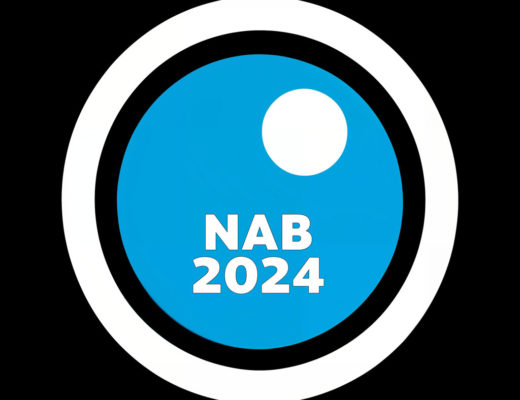In my recent posts I was rather focusing on some soft factors of implementing knowledge related activities, like suggestions for organising your knowledge or on how to promote knowledge management initiatives. In my work, we focus around 80% of our time on these soft ingredients; but still, 20% of the work is the underlying technology. In order to enable knowledge sharing, we require tools and platforms.
One of a repeating topic regarding tools is the choice of technology: which provider has the best tools; on which technology platform shall we build our applications. In my work we are using SAP; I understand that for example in Singapore SharePoint is very dominant. IBM/Lotus is pushing in collaborative solutions since more than a decade; there are many Content Management System providers and hundreds of other small providers for very exciting solutions in the field of Knowledge Management. In my years in working in collaboration, networking, records management, etc. I have come to the conclusion that the actual choice in technology is not that important to the success; other factors are influencing this decision. Far more important in my eyes is, the way you are implementing your technology; how do you design your solution. Here five major points for consideration from my experience.
Limit Choices
In the tool, provide the user with clear directions; how to use your application; provide pre-defined selections. For example, where users can apply keywords, implement a suggest-as-you-type list of existing/recommended keywords.
If you provide a suite of applications, limit this suite to a clear set of tools that have defined usage and avoid redundant functionality. The user needs to be clear which tool to use for which purpose. In such a suite, also provide a single point of access; for example, create a mashup site as an entry to the suite.

Filmtools
Filmmakers go-to destination for pre-production, production & post production equipment!
Shop Now













